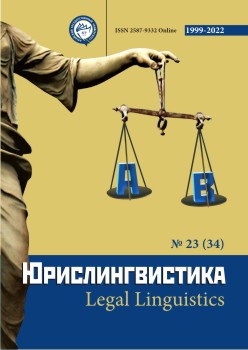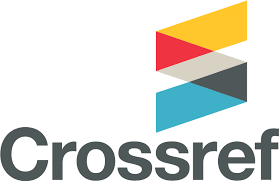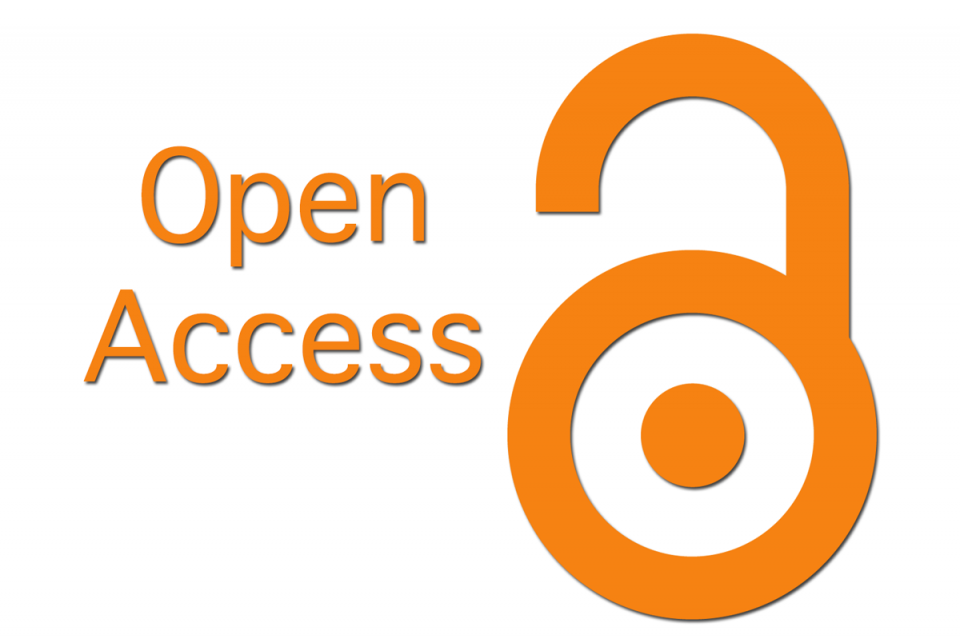The Emergence and Evolution of Criminal Tattoos in Russia
Abstract
The article analyzes various points of view on the emerging of criminal tattoos in Russia, follows the stages of their evolution. Tattoo systematic character is particularly noted, as well as the beginning of its study in the 20-30s of the twentieth century. The author gives five stable modern groups of tattoos. The proposed scientific material is a continuation of the author's two previous articles on criminal pictographic bodyart published in the journal "Jurislinguistics" (see Grachev M.A. Problems of studying pictographic writing by linguistic experts //JURISLINGUISTICS, 2021. No.20(31). pp.9-13; Grachev M.A. On the construction of a methodology for establishing a person's belonging to the highest criminal hierarchy according to pictographic criminal writing JURISLINGUISTICS, 2021. No.21(32). pp.26-30).
The periodization of the emerging of pictographic criminal bodyart deserves special attention in the article: the author identifies five stages of its existence.
It is important to note that tattoo looks remained stable from the 30s to the 70s of the twentieth century. This was due to the strong positions of the elite of the criminal world – code-bound thieves. In the 70s, when the erosion of the "thieves' idea" begins, a number of tattoos lose their original meaning, especially tattoo drawings. The article focuses on the practical use of scientific material, namely: a researcher (prosecutor, court, lawyer, etc.) needs theoretical knowledge about theemerging of tattoos in Russia. These data will be in special demand by linguist-experts.The author of the article emphasizes that a significant part of criminal tattoos is already losing its original meaning, and there is also a mixture of criminal tattoos with civil ones.
Downloads
Metrics
References
Грачев М.А.Квопросуофункцияхарго / Wiener slawistiscer Almanach. Wien,1995. S. 287-309.
Грачев М.А.Табуизированные слова в русской воровской речи / Субстандартные варианты славянских языков: Избранные статьи. Франкфурт–на–Майне, 2009. С. 87-97.
Грачев М.А. Интервенция криминального языка / Наука и жизнь. -2009.- № 4. - С.128-132.
Грачев М.А.Лингвокриминалистика. Нижний Новгород, 2009.
Грачев М.А. Тайны забытой рукописи П.П.Ильина «Исследование жаргона преступников». М., 2020.
Грачев М.А. Проблемы изученияпиктографического письма экспертами-лингвистами / Юрислингвистика. - 2021. - №20(31). - С.9-13.
Грачев М.А. К вопросу о построении методики установления принадлежности лица к высшей уголовной иерархии по пиктографическому криминальному письму/Юрислингвистика.- 2021. - №21(32). - С.26-30.
Гуров А.И. Профессиональная преступность: прошлое и настоящее.М., 1990.
Ильин П.П. Исследование жаргона преступников. Рукопись 1912 г.СПб., 1912.Рукописн. отдел; шифр 25.4.7.
Кучинский А.В. Преступники и преступления. Законы преступного мира. Паханы, авторитеты, воры в законе: Энциклопедия. Донецк, 1997.
Ларин Б.А. Западноевропейские элементы русского воровского арго /Язык и литература. Л., 1931. Т. 7. С. 113—130.
Лихачев Д.С. Черты первобытного примитивизма воровской речи: Словарь тюремно-лагерно-блатного жаргона (речевой и графический портрет советской тюрьмы) / Авторы-составители Д.С. Балдаев, В.Н. Белко, И.М. Юсупов. М., 1992.
Ломброзо Ч. Новейшие успехи науки о преступлениях. СПб., 1892.
Мильяненков Л.А. По ту сторону закона. СПб., 1992.
Пушкин А.С. История Пугачева. Горький,1988.
Шарандина Н.Н. Арготическая лексика в функциональном аспекте. Дисс. канд.наук. Тамбов, 2000.
Copyright (c) 2022 Михаил Грачёв

This work is licensed under a Creative Commons Attribution 4.0 International License.
The authors, which are published in this journal, agree to the following conditions:
1. Authors retain the copyright to the work and transfer to the journal the right of the first publication along with the work, at the same time licensing it under the terms of the Creative Commons Attribution License, which allows others to distribute this work with the obligatory indication of the authorship of this work and a link to the original publication in this journal .
2. The authors retain the right to enter into separate, additional contractual agreements for the non-exclusive distribution of the version of the work published by this journal (for example, to place it in the university depository or to publish it in a book), with reference to the original publication in this journal.
3. Authors are allowed to post their work on the Internet (for example, in a university repository or on their personal website) before and during the review process of this journal, as this may lead to a productive discussion, as well as more links to this published work (See The Effect of Open Access).










